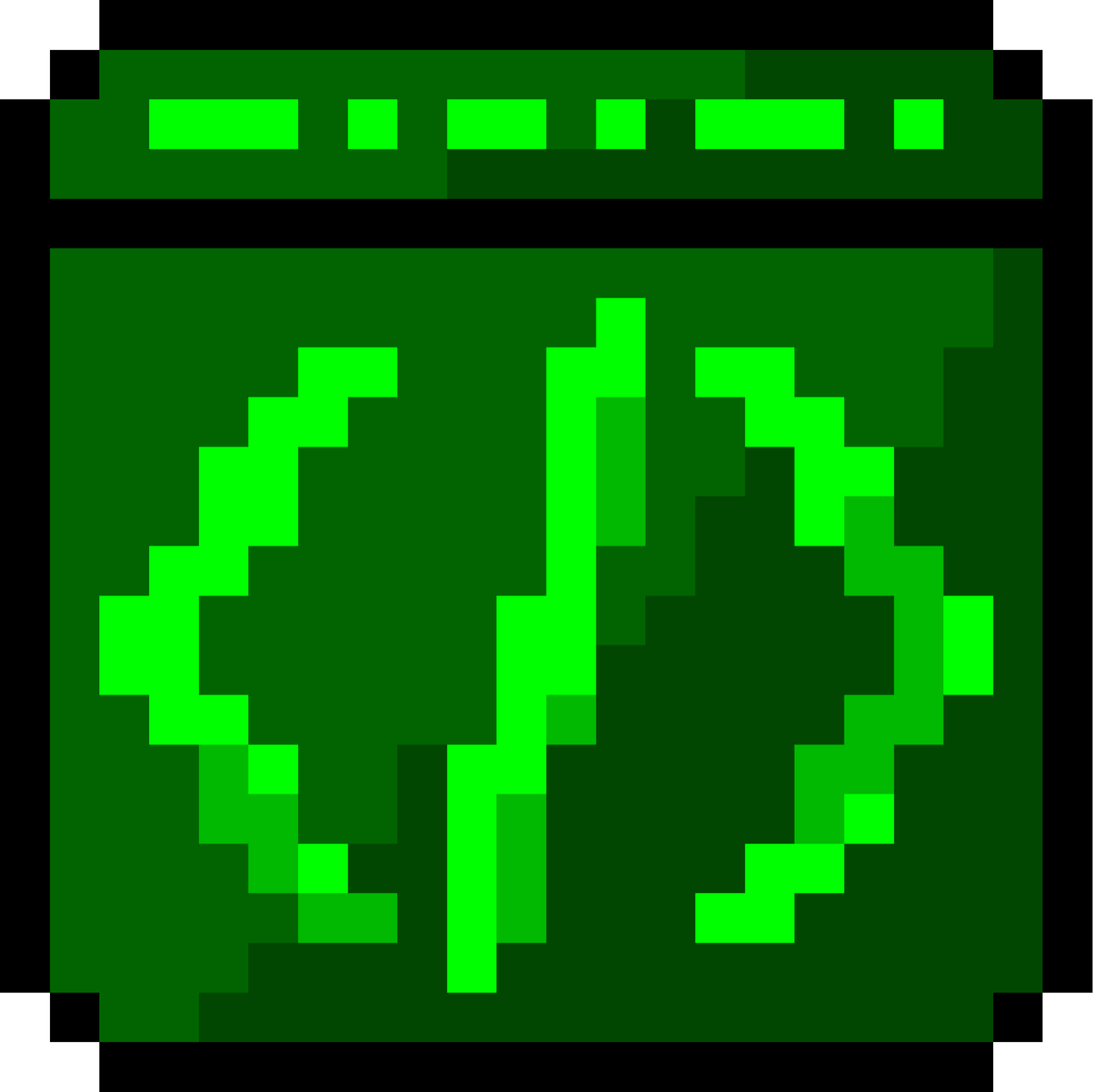比特币 UTXO 模型,为独特的生态系统提供动力
Jan 20, 1970

Product builder | 6+ yrs in dev tools, SaaS & infra | Ex-founder | Scaling APIs, apps & GTM


Product builder | 6+ yrs in dev tools, SaaS & infra | Ex-founder | Scaling APIs, apps & GTM
Jan 20, 1970
Jan 20, 1970
Jan 20, 1970
Jan 20, 1970
Jan 20, 1970
Jan 20, 1970